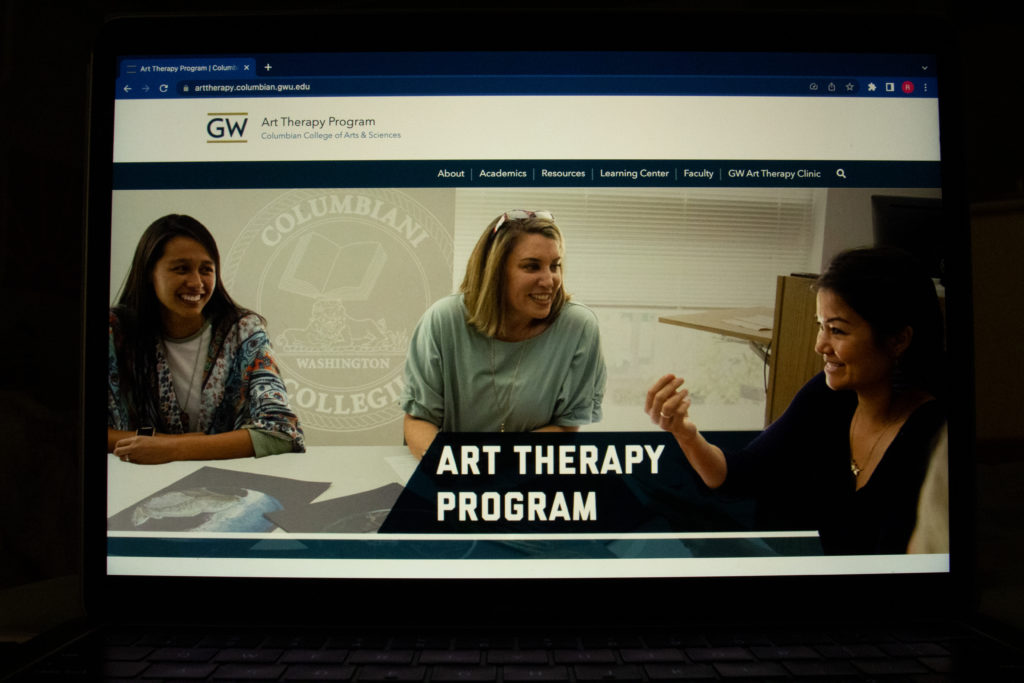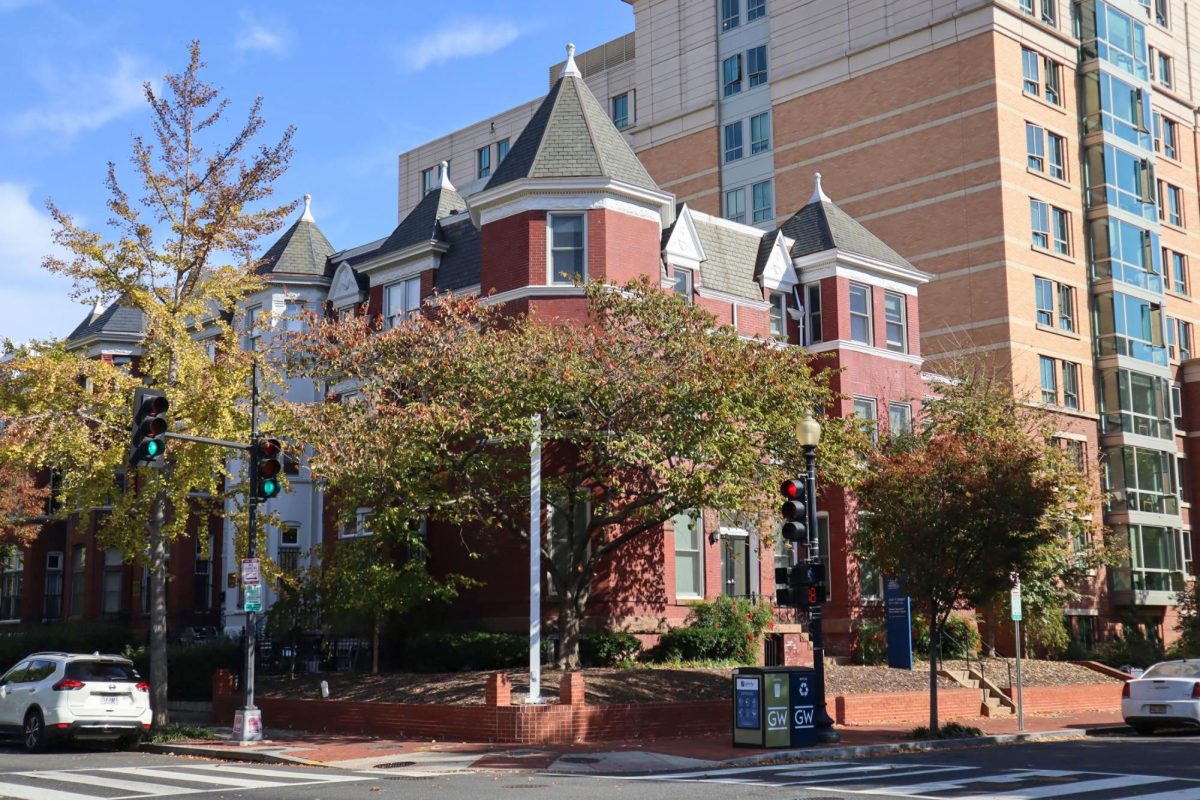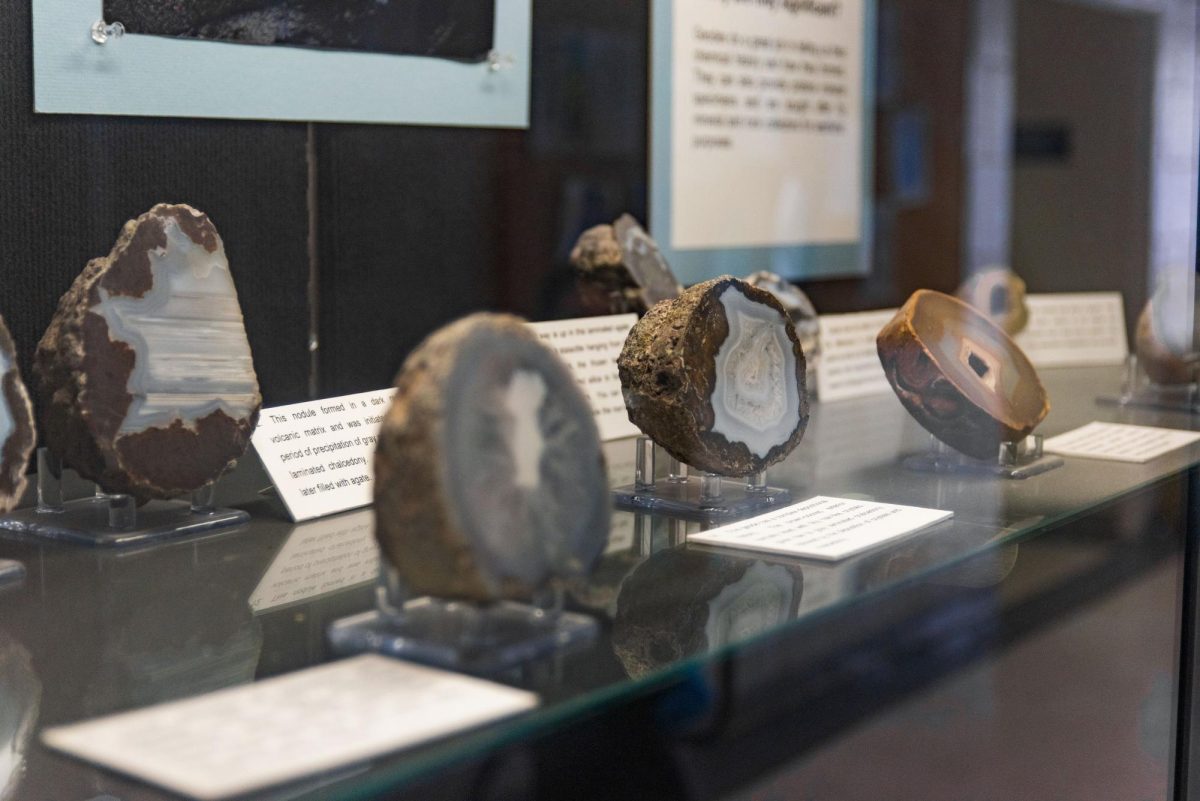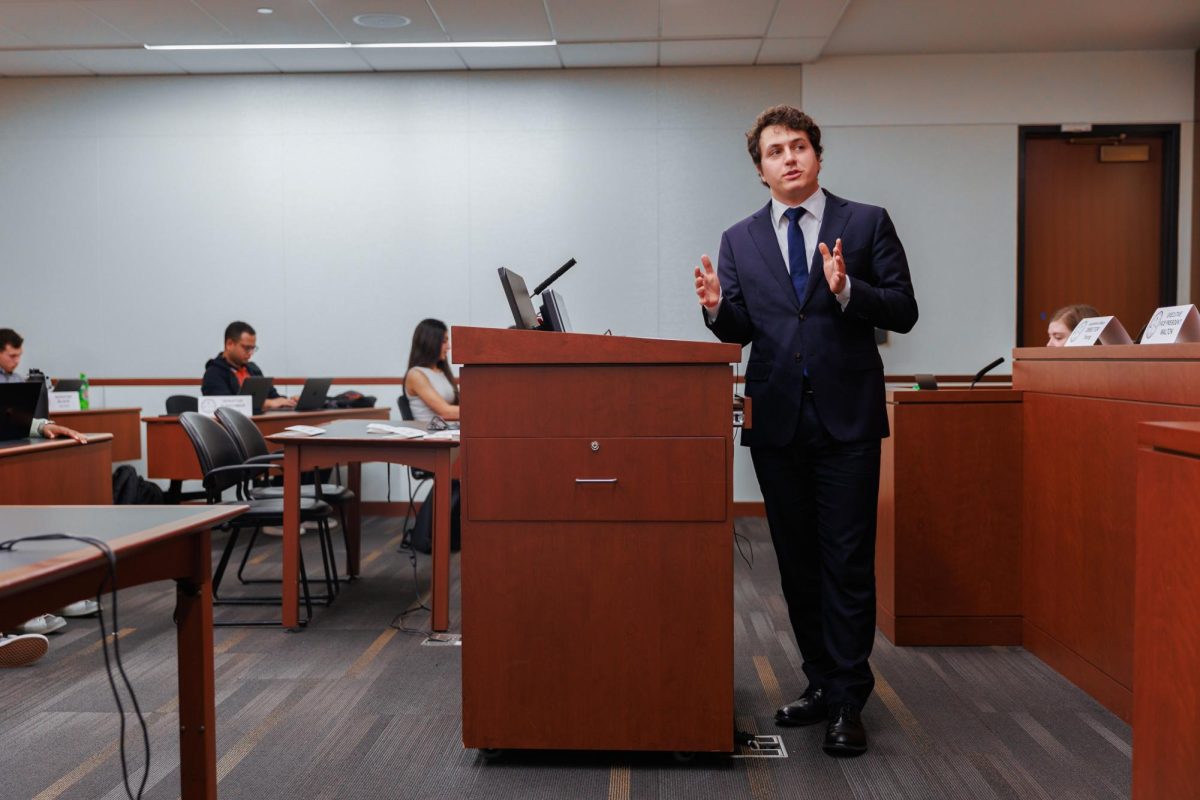Art therapy professors said they plan to spend a $1 million donation to their program on graduate fellowships, aiming to bring “imperative” financial support to their students.
GW parents Ulvi and Reykhan Kasimov donated a $1 million endowment to the GW Art Therapy Program late last month to fund graduate fellowships, which faculty and students said will decrease student debt and make the program more accessible to low-income students. Heidi Bardot, the director and an associate professor of the GW Art Therapy Program, said program faculty have not started designing the fellowship’s application but plan for it to launch at the beginning of the next academic year.
She said the fellowship will lower the financial burden for art therapy students, who learn to combine their art and counseling skills to help patients “heal” and “communicate” through art exercises.
The American Art Therapy Association found in a 2020 survey that art therapy, which combines art and counseling to help patients process their emotions, is an effective way to treat patients who are dealing with feelings of isolation, grief and trauma. At least 41 percent of U.S. adults have experienced at least one instance of high psychological distress since the early stages of COVID-19, according to the Pew Research Center.
“We have students who really want to give back to the community, who really want to work in the community,” Bardot said. “Yet, as with everything, GW and universities are expensive. So how do you balance those two?”
The 64 students currently pursuing a master’s degree in the art therapy program, which is housed in the Columbian College of Arts and Sciences, are required to complete 61 credits in courses on the intersections of psychology, art and counseling. The students in the program are also required to complete 900 internship hours that can boost their applications to become registered art therapists.
Bardot said the fellowship is a “huge financial tool” for students who could accrue more than $100,000 in student loans pursuing the program before earning $50,000 to $80,000 per year as an art therapist. GW’s art therapy masters program costs $1,750 per credit hour and is subject to an annual increase of 3 to 4 percent, according to the CCAS website.
“This is something that they’re passionate about, they actually really want to help people and they really want to give back to the community and society,” Bardot said. “Post-COVID, we know that mental health needs are increasing exponentially so it is something that the Kasimovs were really aware of in terms of mental health and the use of art.”
Bethany Eddleman – a second-year graduate student in the Art Therapy Program – said she will “probably” apply for the fellowship but added that she only has one year left in the program. She said the fellowship will relieve financial anxieties for students, allowing them to focus on their studies.
“The biggest thing is just, especially knowing how expensive grad school is, when you’re able to have that paid for and not really have to worry about the financial part of it, then you’re able to really focus and be more intentional and even more passionate,” Eddleman said.
Eddleman said her desire to help and connect with people through creative expression motivated her to study art therapy, her “passion career.” She said some common therapy techniques she’s learned about through the program include working with patients through bookmaking exercises where patients learn how to create pages for books, binding them together.
“It fits into all of my different passions – I’ll get to connect with people, I’ll get to help them meet their needs, make artwork and see the science of the artwork and how that can really impact people the same way that it impacted me,” Eddleman said.
Martina Efodzi, an adjunct professor and alumna of the Art Therapy Program, said when she enrolled in the art therapy program in 2008, the interest rates on her student loans were “ridiculous” because of the 2008 financial crisis. She said she participated in a student loan forgiveness program while working at Whitman-Walker Health, a social service agency and research institute, for about 10 years, and she expects her loans to be “discharged” this year.
“If there was a magic wand that could have been waived in 2008, where someone was willing to invest in the students at that time, that would have been life-changing for myself and for my classmates,” Efodzi said.
The art therapy program’s $1 million endowment aligns with broader University efforts to make GW more affordable for students. Officials announced the launch of a $12 million dollar-for-dollar matching scholarship to increase funds for need-based scholarships in fall 2022 and an initiative to increase aid for Pell Grant recipients by roughly $2 million each year in fall 2021.
Efodzi said financial support will help diversify the “very privileged” art therapy field, which she said historically attracts people from high-income backgrounds who can easily afford the tuition of art therapy programs. She said the fellowships will provide marginalized students with increased access to the program.
“To attract students from diverse backgrounds, socioeconomic statuses, it’s imperative that there be funding to support their completion of the program and so you won’t have that diversity otherwise,” Efodzi said.








